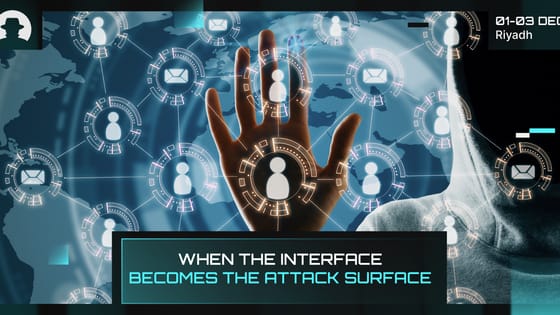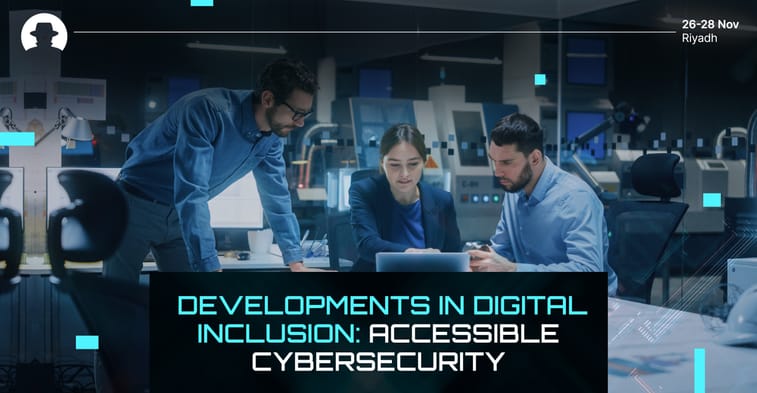
When the interface becomes the attack surface
Three recent campaigns (Tsundere, Matrix Push C2, and Sturnus) show attackers shifting command-and-control and data theft into places we treat as harmless UX plumbing.
Read More
Digital inclusion is a growing field of study and work, with the purpose of making sure that everyone can access and effectively use digital technologies. To facilitate this, digital inclusion programs assess the barriers that prevent people with disabilities from using those technologies, and develop solutions to overcome those barriers.
Evidence suggests that the field of cybersecurity is lagging behind in digital inclusion – with work to be done to ensure that information and tools are accessible to people with diverse abilities. In the UK, the National Cyber Security Centre (NCSC) has acknowledged that cybersecurity tools and solutions are often inaccessible for users with disabilities – which makes it difficult for them to work in cybersecurity, or to protect themselves from cyber threats.
It encompasses a range of practical and emotional aspects that enable everyone to access, use, and understand digital technologies.
This includes:
So digital inclusion is about making technologies accessible to more people, while also empowering people to make the most of the technologies available to them.
In cybersecurity, making tools and services accessible is critical for improving overall security. And it can also bring more talent into the cyber workforce, by empowering more diverse cyber-curious individuals to gain cybersecurity skills and work in the field.
A growing number of industry bodies are recognising accessibility as a cybersecurity priority, and the UK’s NCSC is integrating accessibility as a policy. It’s likely that more national governments will implement accessibility as a cybersecurity policy in the coming years; but as it stands, there’s still a long way to go.
Accessible cybersecurity ensures that protections and services are available to everyone – no matter their abilities or resources. It addresses the digital divide that restricts the safety of marginalised groups in digital spaces.
And for the cybersecurity sector itself, increased accessibility means that individuals with disabilities, or from marginalised groups, can become more involved in cybersecurity work, decision-making, and solutions development – which can increase overall cyber resilience. Cybersecurity matters for everyone, so no one should be shut out of cybersecurity research and development.
To improve accessibility, we need a multi-pronged approach, including:
The cybersecurity community is focused, hard-working, and increasingly collaborative. But sometimes the focus is so much on identifying (and dealing with) threats that critical human aspects of security are overlooked. Digital inclusion drives a more secure digital environment for everyone – because security is a team effort. So we’re keen to see a growth in accessibility work within the sector; and we’re here to provide a platform for that to happen.
If you want to immerse yourself in the future of cybersecurity, join us in Riyadh for Black Hat MEA 2024.
Join the newsletter to receive the latest updates in your inbox.

Three recent campaigns (Tsundere, Matrix Push C2, and Sturnus) show attackers shifting command-and-control and data theft into places we treat as harmless UX plumbing.
Read More
CFOs say they’re confident in their organisation’s ability to handle cyber risk – and more than half plan to outsource cybersecurity expertise.
Read More
From fake celebrity endorsements to cloned voices in mobile scams, 2025 proved that deepfakes are now a real business and consumer risk.
Read More